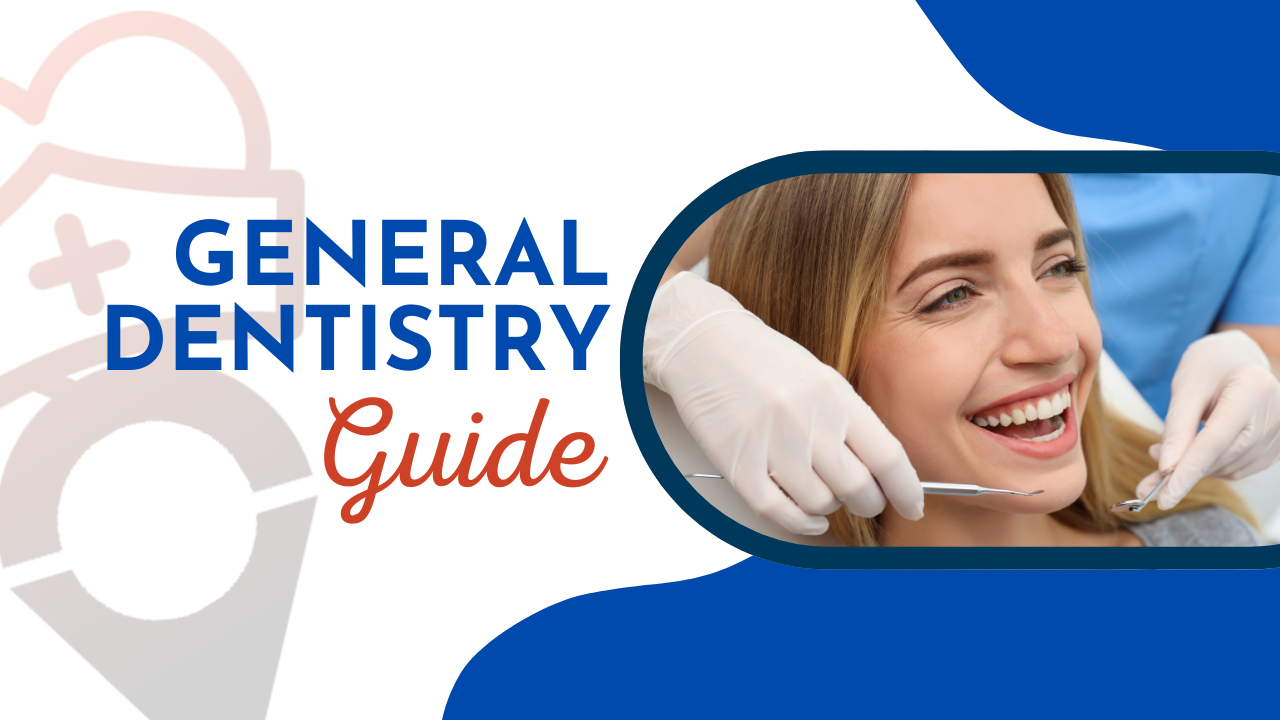Orthodontics is a discipline of dentistry that specializes in the diagnosis, prevention, and treatment of misaligned teeth and jawbones. Orthodontists employ braces, aligners, retainers, and other devices to straighten teeth and address bite problems.
Periodontics is the prevention, diagnosis and treatment of diseases and ailments that affect the gums and supporting tissues of the teeth, such as periodontal disease (gum disease). Periodontists carry out procedures such as scaling and root planing, gum grafting and dental implant insertion.
Endodontics is the diagnosis and treatment of diseases and damage to the dental pulp and root of a tooth. Endodontists use root canal therapy to remove sick or damaged tissue from the tooth's inside and restore its health.
Oral and maxillofacial surgery refers to a variety of surgical operations involving the mouth, jaws, face, and neck. Oral surgeons conduct procedures such as tooth extraction, wisdom tooth removal, dental implants, jaw realignment and oral cancer treatment.
Pediatric dentistry focuses on children's oral health from infancy to puberty. Pediatric dentists are experts in the diagnosis, prevention, and treatment of dental diseases unique to children, as well as teaching and assistance on oral hygiene and practices.
Prosthodontics refers to the restoration and replacement of lost teeth and oral tissues. Prosthodontists create and produce dental prostheses such as crowns, bridges, dentures and dental implants to improve function, appearance and oral health.
Oral pathology is the field of dentistry concerned with the diagnosis and treatment of diseases and ailments affecting the oral and maxillofacial regions. Oral pathologists examine oral tissues, diagnose illnesses and sometimes take biopsies to ascertain the nature of lesions or abnormalities.
Public health dentistry aims to improve oral health and prevent dental diseases at the community and population levels. Public health dentists concentrate on projects including community water fluoridation, school dental programs and oral health education campaigns to enhance overall oral health outcomes.
These branches of dentistry frequently overlap and many dentists may have training or skill in many fields to give comprehensive care to their patients.
What are the situations of treatments needed?
The following is a general guide of common tooth treatments and the settings in which they are generally required.
Regular Dental Checkups
Routine dental check-ups are required for preventative care, which includes cleanings, examinations, and early diagnosis of oral problems.
Dental Checkup Frequency is typically advised every 6 to 12 months, depending on individual dental health requirements.
Dental Cleaning
Plaque, tartar and stains should be removed from the teeth to prevent gum disease and tooth decay.
The recommended frequency is every six months, but this may vary according on individual needs and risk factors.
Fillings in Dental Restoration
Repair of teeth that have been decayed, fractured, or worn.
Cavities, minor chipping, or small fractures are all indications.
Materials include composite resin, amalgam, gold, and porcelain.
Endodontic Therapy (Root Canal Treatment)
Need, removal of diseased or damaged pulp tissue from the tooth.
Deep decay, trauma, or infection can cause severe toothache or abscess.
Procedures, remove infected pulp, clean, shape and seal the root canal system.
Tooth extractions
Required, the extraction of severely damaged, diseased, or impacted teeth.
Indications include irreparable decay, extensive periodontal disease, and impacted wisdom teeth.
Local anesthetic is administered first, and then the tooth is extracted.
Dental crowns (caps)
Restore poorly decaying, cracked, or weakening teeth.
Indication, Tooth with considerable deterioration and insufficient fillings.
Procedure, reshaping the tooth, taking an impression, and placing a custom-fitted crown.
Dental bridges
Need, replacement of lost teeth with adjacent teeth for support.
Indication, one or more missing teeth in a row.
Procedure, prepare adjacent teeth, take an impression, then place the bridge.
Dental implants
Need, a permanent method for replacing lost teeth.
Indication, one or more lost teeth without affecting adjacent teeth.
Procedure, an prosthetic tooth root is surgically placed, followed by the installation of a crown.
Orthodontic treatment (braces, aligners)
Need to correct misaligned teeth or bite difficulties.
Crooked teeth, overcrowding, overbite, underbite or crossbite.
Braces, clear aligners, and other orthodontic tools are used to shift teeth gradually.
Periodontal treatment (gum disease therapy)
Treatment of gum disease is required to prevent tooth loss and other systemic health consequences. Indications include gingivitis (acute gum irritation) and periodontitis (advanced gum disease). Scaling and root planing, antibiotics, and gum surgery are all options for severe instances.
Individual dental needs may vary, therefore it's critical to contact with a dentist for an accurate diagnosis and treatment suggestions depending on your personal oral health condition.

